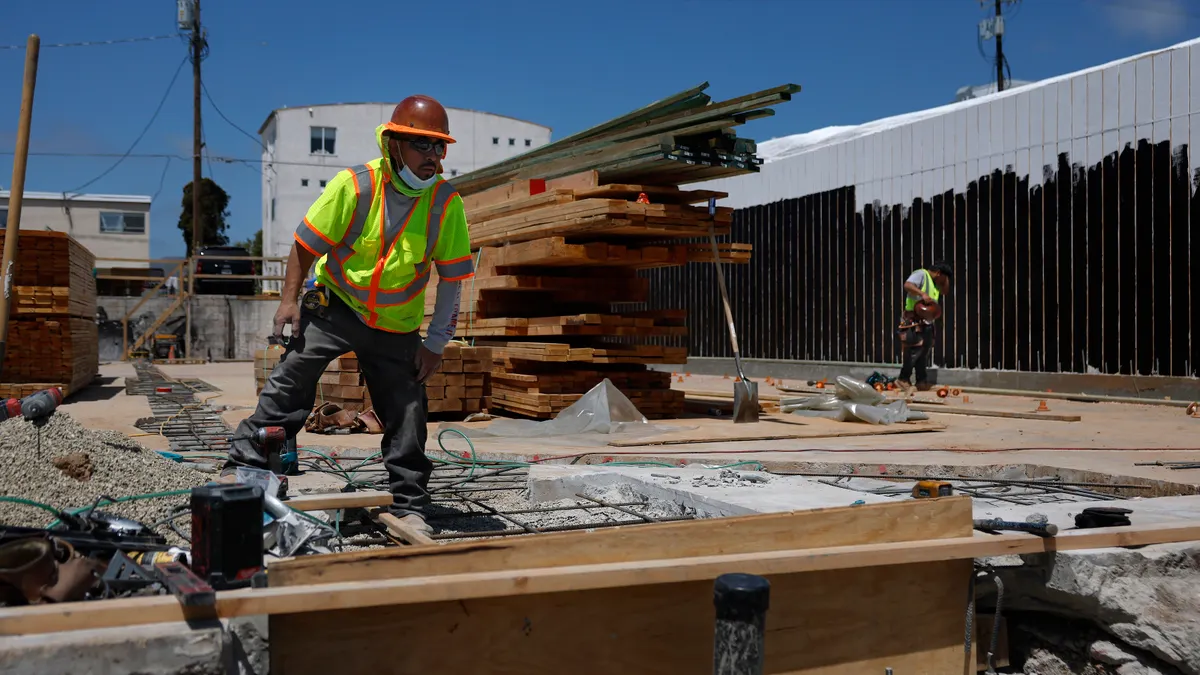Editor's Note: The following is a guest piece from Glenn Buck of Transition Networks.
Industry estimates suggest that nearly 70% of the world's population will be living in urban environments by 2050. To help make cities safer and more efficient, there is a significant push toward deploying smart city technologies, which can be implemented into manufacturing, public safety, utilities, transportation and tourism sectors, among others.
There are also use cases among not-so-"smart" objects, such as street lights, whose capabilities can change drastically as internet of things (IoT) technology is implemented.
The smart street light
Many cities have already begun removing the incandescent lightbulbs in lampposts in favor of LED lighting, based on LED’s energy efficiency and cost savings, as well as the increased safety brought on by the brighter light. But these cities are now taking those upgrades a step further with smart lampposts to improve city-wide communications and safety.
Armed with sensors and wireless technologies, the street lamppost of the future will do much more than light the streets at night. Smart street lights may have features such as:
Solar power capabilities: Going a step further than the efficiency benefits of LED lightbulbs, which use up to 80% less energy than more traditional lighting, the smart lamppost will be outfitted with solar panels to not only power the lampposts lighting, but some of the other applications below like electric charging.
Digital signage: Gone will be the days of road repair or traffic crews setting up temporary signage. The smart street light will have digital signage capabilities to alert pedestrians and vehicles of traffic issues, amber alerts or event information.
Environmental condition monitoring: The smart street light will be able to monitor temperature, humidity, flood conditions, air quality and more. This data can be gathered and used by city personnel to learn about these conditions and implement future initiatives to improve the safety and quality of life for citizens.
Traffic Monitoring: Using surveillance cameras, the smart street light can monitor traffic conditions and speeds to adjust traffic signals or to alert drivers of traffic backups via digital signage. Smart lampposts may also help to identify suspicious behavior or enable license plate recognition.
Push to talk: Smart street lights may feature the capability for pedestrians to ask a digital assistant for directions or connect a pedestrian to emergency services.
Electric charging: With the emergence of electric bikes and scooters throughout cities, smart street lights may act as a charging station for these devices with some of that power coming from solar panels.
While these features are exciting, there is a significant amount of behind-the-scenes technology required to enable all of this functionality.
Connectivity and power considerations
In order to implement these smart street light features, a city will either upgrade or replace an existing lamppost depending on the services already installed. Regardless of the approach, delivering the necessary connectivity, bandwidth and power to these applications is the first step in provisioning the lampposts for these applications.
When talking about IoT, it’s often assumed wireless networking is best suited for these applications, but IoT is not a wireless-only phenomenon. There are some IoT applications where wired connectivity may be preferred. Ethernet connectivity is a good option for smart lampposts because it is cost-effective and can offer different speeds to match the needs of each of the IoT applications, that are deployed on a lamppost.
Another technology that makes Ethernet a good selection is power-over-Ethernet (PoE) which is an ideal fit for smart lampposts as PoE switches can power wireless access points, digital signage and other systems over networking cabling rather than using a separate power cabling and systems. PoE has evolved as well, providing different power levels that can support different applications.
PoE switches may be installed directly on the side of the lamppost making placement much simpler and cost efficient. Installers will want to select an environmentally hardened, self-enclosed switch to ensure it is protected from the elements.
Sensors that turn the smart lamppost lights on or off at night or day light can be a problem, so these sensors need to be isolated from communications equipment, power and AC lighting controls so that they do not turn on/off this equipment.
While these truly are the lampposts of the future, some cities are putting the infrastructure in place now. With power-over-Ethernet Plus (PoE+) switches, a major metropolitan city could connect and power cameras and sensors for gathering vital traffic data at thousands of traffic intersections. This application will bring intelligent transportation infrastructure citywide and is a great example of how a city can use Ethernet and PoE to build the foundation of its smart city solutions.
Cities can leverage existing real estate like lampposts to become the IoT magnet for many city services not offered today to ensure cutting edge features for increased efficiency and safety in their smart cities. Lampposts have always been in place to keep citizens safe, but through welcomed technology, they are doing that in a new, digital way.

















